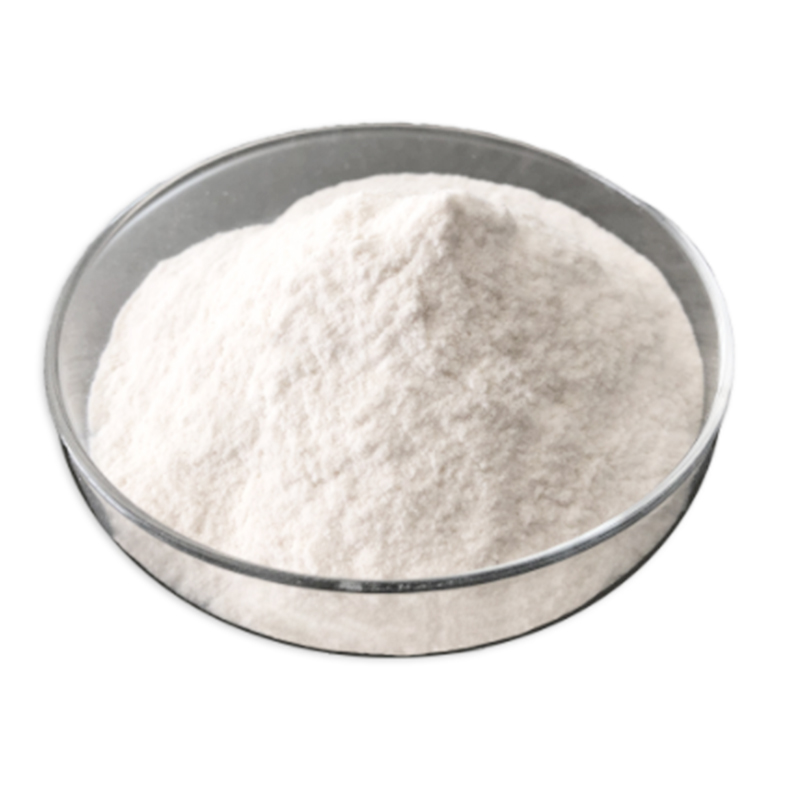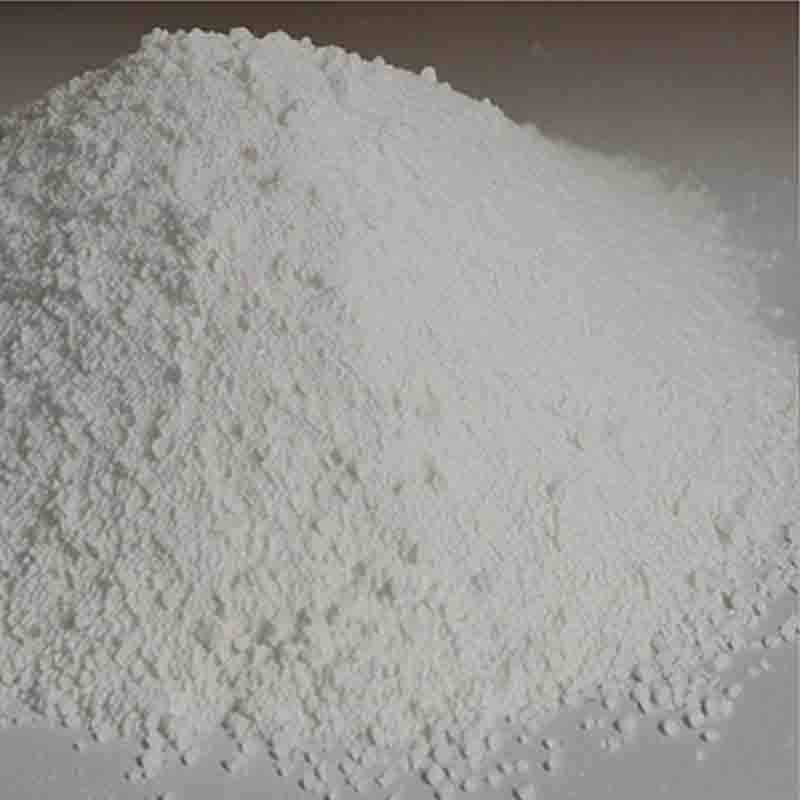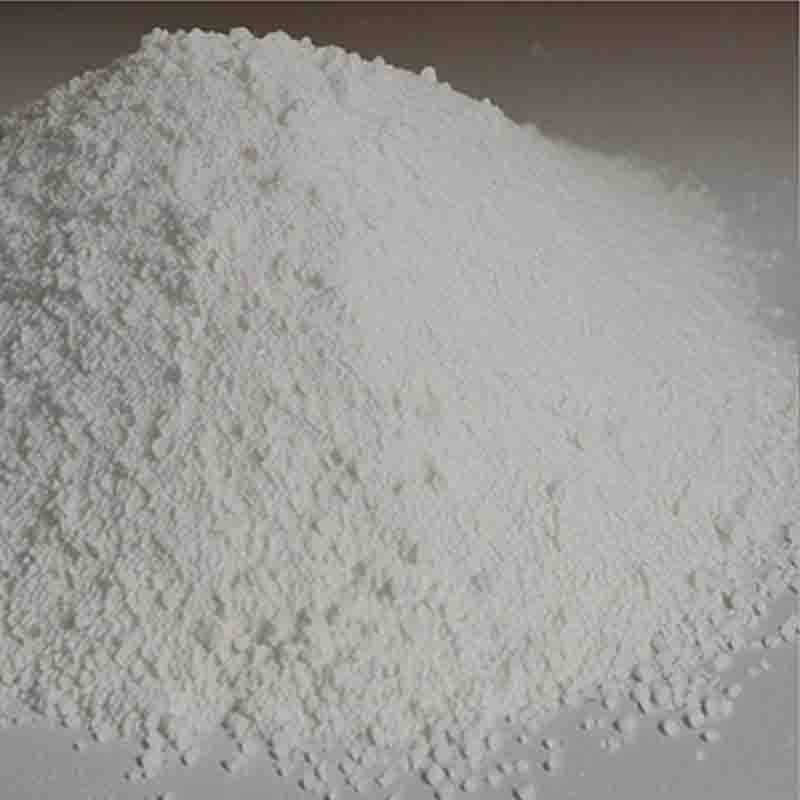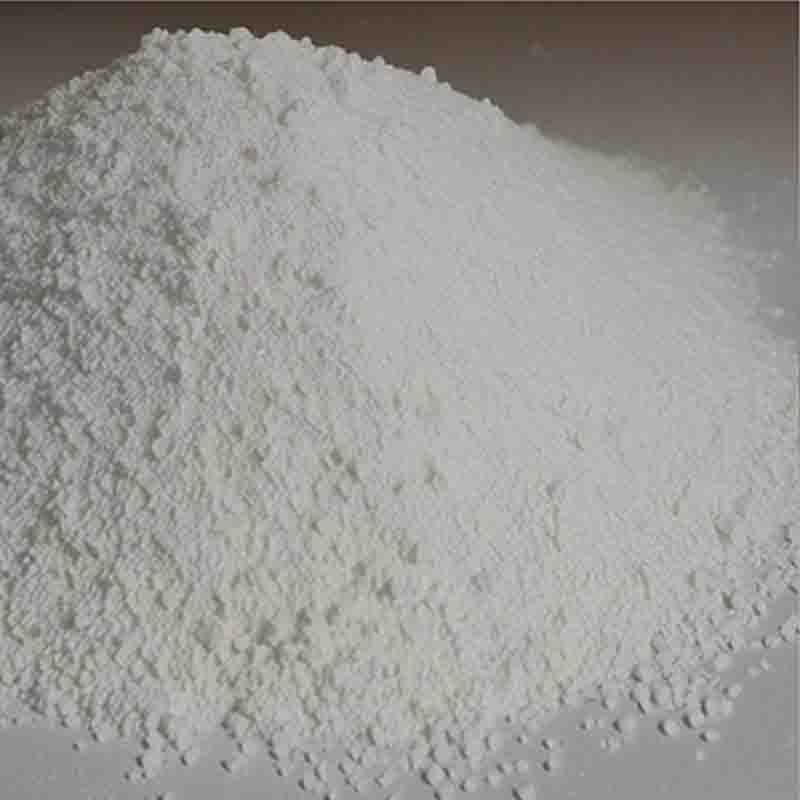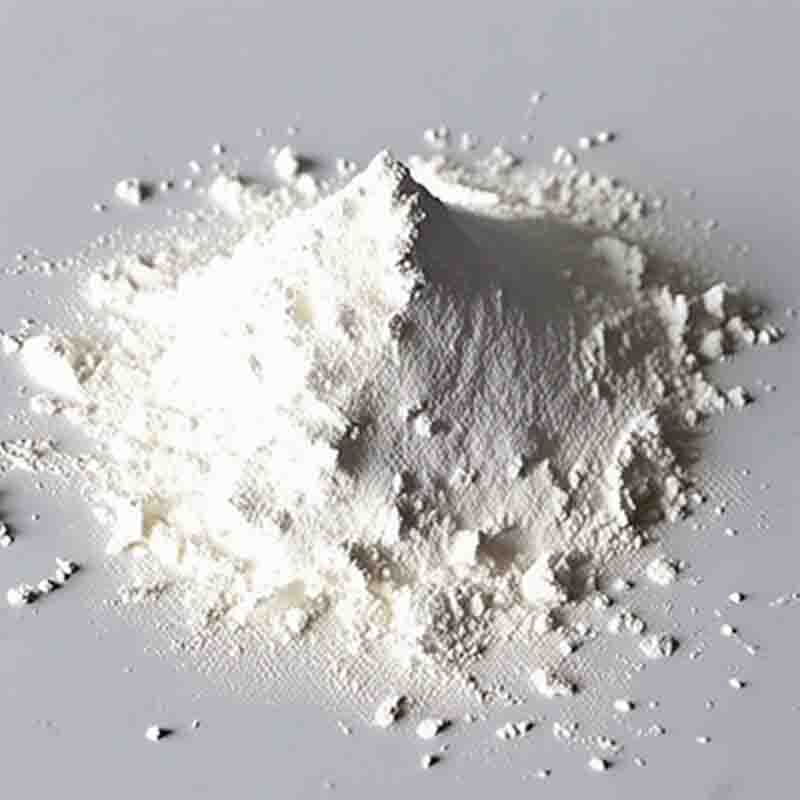Indole-3-butyricacid CAS:133-32-4
| Catalog Number | XD95483 |
| Product Name | Indole-3-butyricacid |
| CAS | 133-32-4 |
| Molecular Formula | C12H13NO2 |
| Molecular Weight | 203.24 |
| Storage Details | Ambient |
Product Specification
| Appearance | White powder |
| Assay | 99% min |
Indole-3-butyric acid (IBA) is a plant growth hormone and a synthetic auxin widely used in horticulture and agriculture. In this 300-word explanation, we will discuss the effects and potential benefits of indole-3-butyric acid.One of the primary effects of IBA is its role in promoting root development. It stimulates the formation of adventitious roots in cuttings, making it a valuable tool for propagating plants. IBA is commonly used in plant nurseries to enhance root growth in various crops, ornamental plants, and trees. It helps establish new plants faster and improves their overall root system, leading to better nutrient uptake and plant health.Another notable effect of indole-3-butyric acid is its ability to promote fruit development and ripening. By applying IBA, the size and number of fruits can be increased, making it beneficial for fruit production in commercial agriculture. Additionally, IBA can help hasten the ripening process in certain fruits, improving their quality and market appeal.In addition to root development and fruiting, IBA also plays a role in plant defense mechanisms. It has been shown to induce systemic acquired resistance (SAR) in plants, which enhances their resistance against diseases and pests. By activating SAR, IBA can help plants develop a stronger immune response, making them more resilient to various pathogens and reducing crop losses.Furthermore, IBA has been found to have a positive impact on plant stress tolerance. It can improve plant resilience to abiotic stresses such as drought, salinity, and extreme temperatures. IBA promotes the production of stress-related proteins and antioxidants, helping plants cope with adverse environmental conditions. This makes it a valuable tool for cultivating crops in challenging environments.Lastly, IBA has also been studied for its potential use as a natural herbicide or weed growth regulator. It has shown inhibitory effects on weed growth without significantly harming desirable crops. Its ability to selectively target weeds makes it a potentially eco-friendly alternative to traditional herbicides, reducing the environmental impact of weed control practices.In summary, indole-3-butyric acid has a range of effects and potential benefits in plant growth and development. Its ability to promote root development, enhance fruiting, boost plant defense mechanisms, improve stress tolerance, and potentially serve as a natural herbicide highlight its significance in horticulture and agriculture. Proper application and dosage are crucial to ensure optimal results and minimize any negative impacts.




